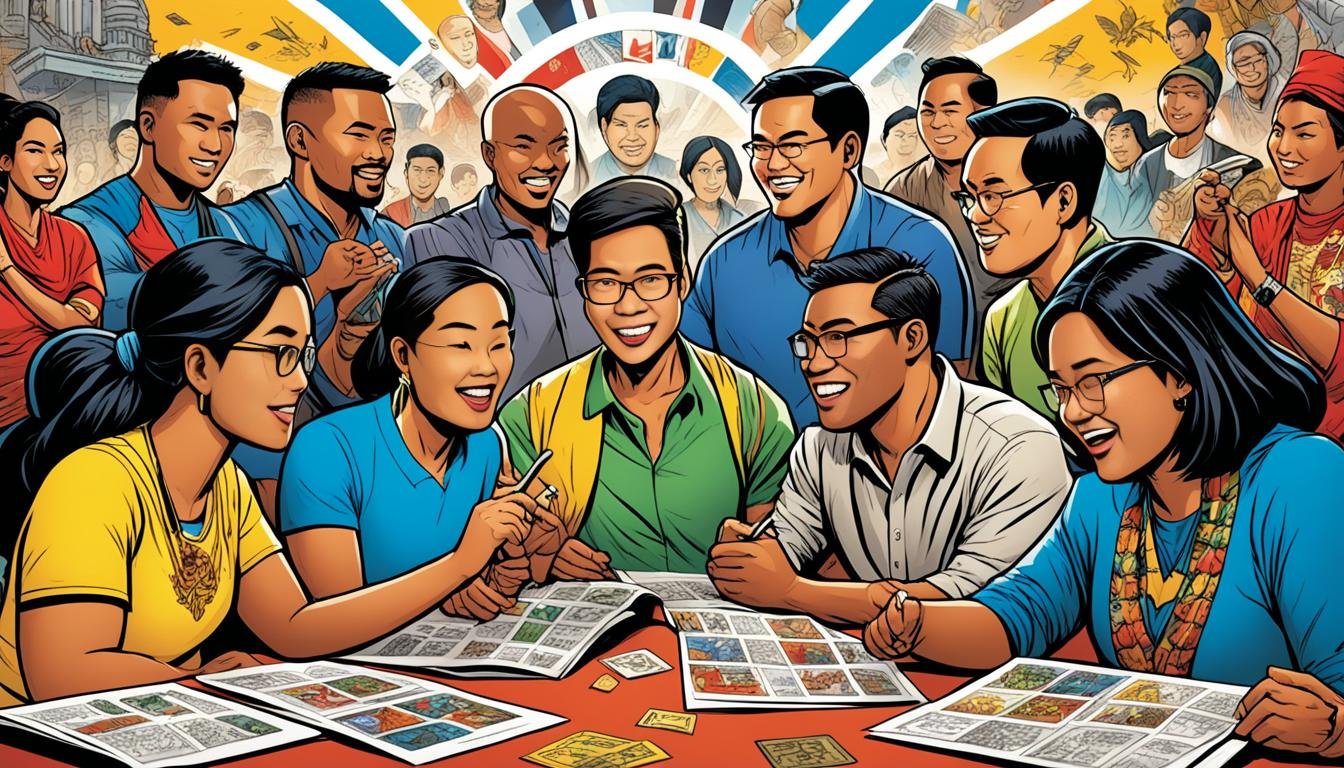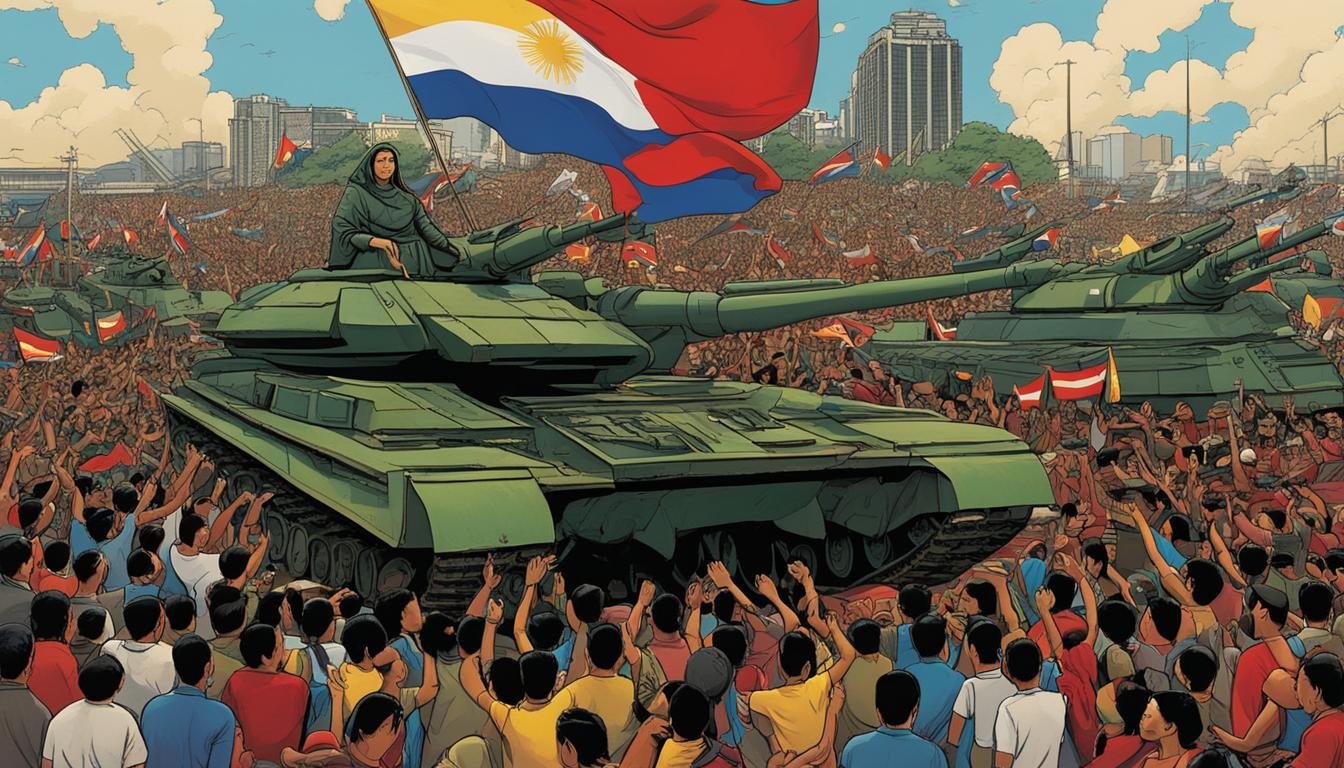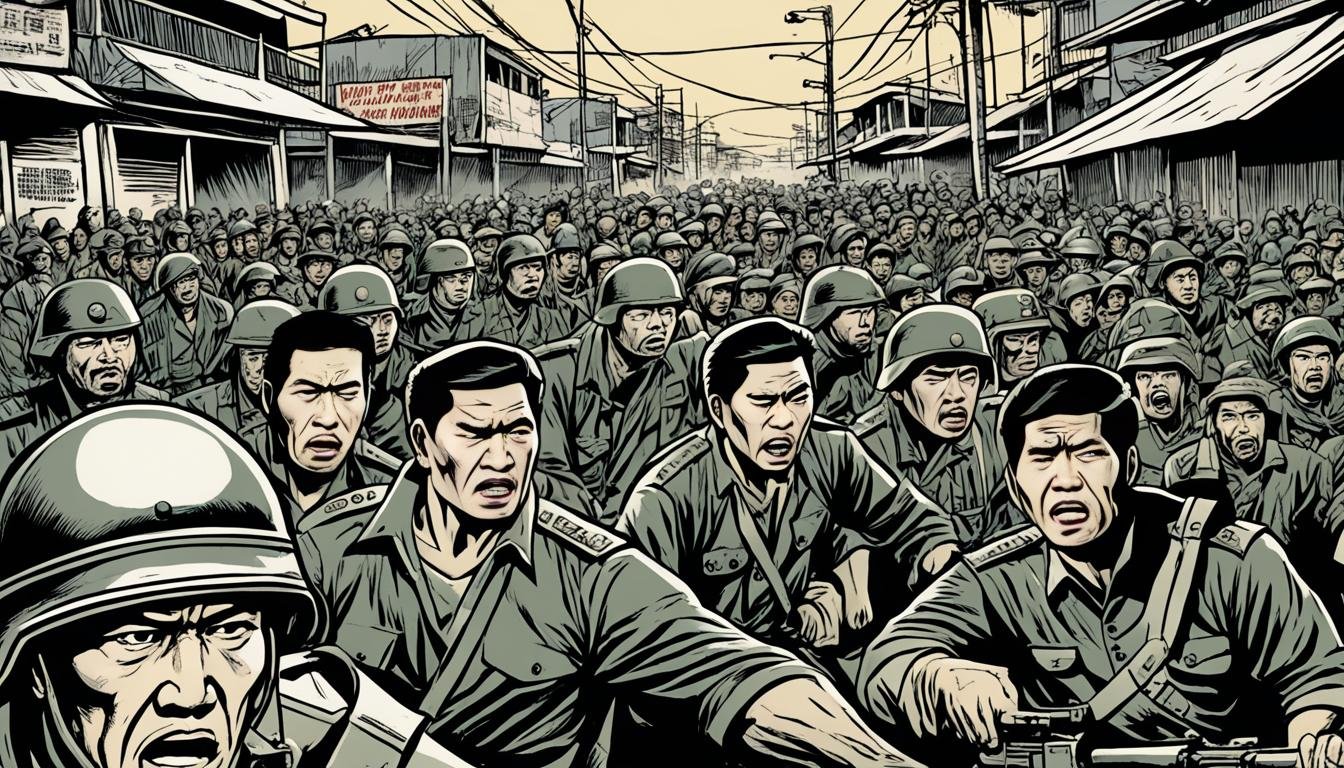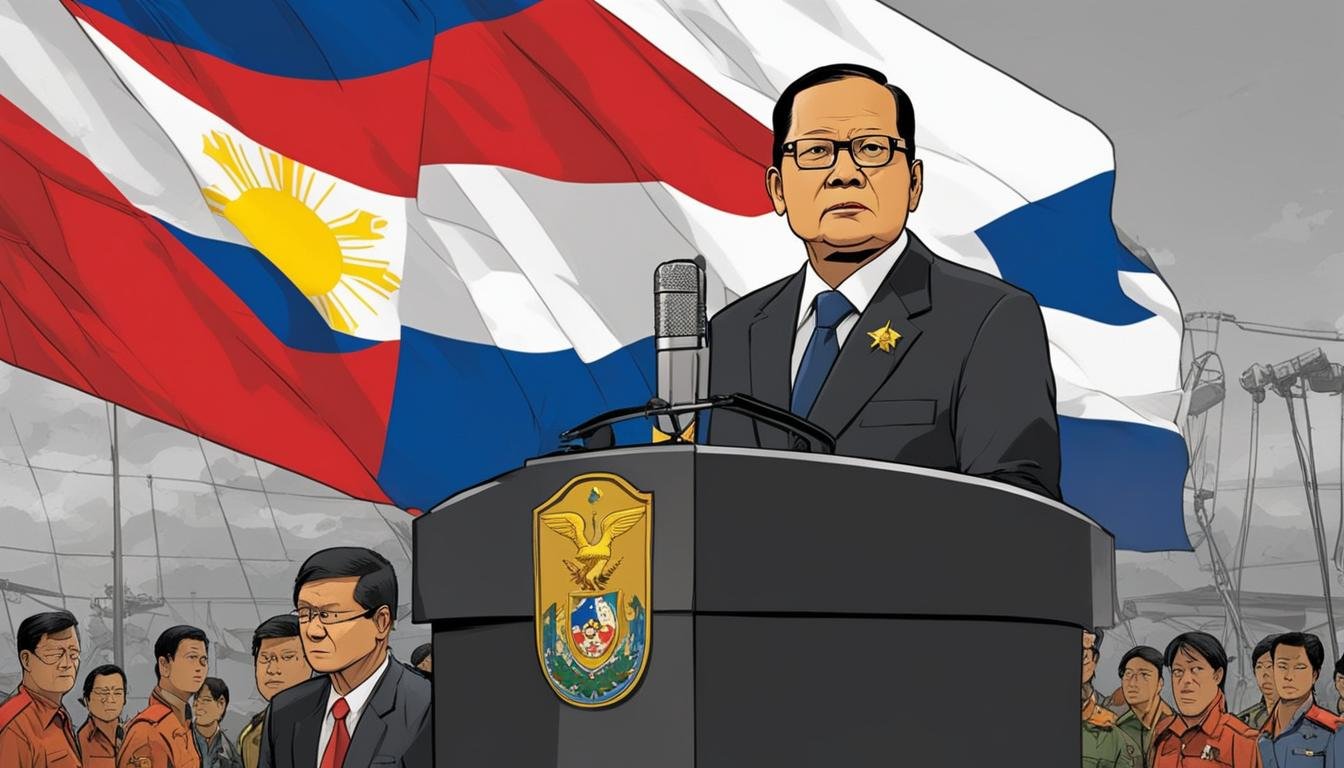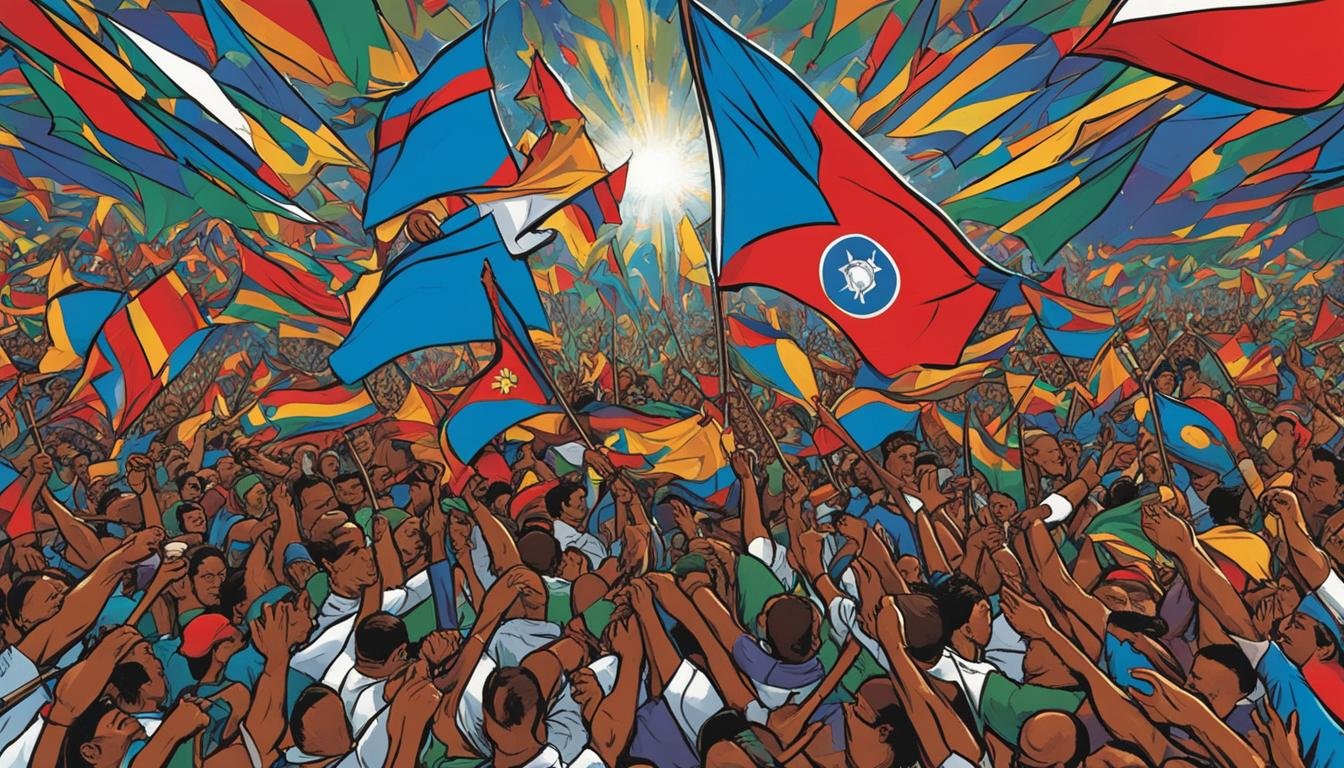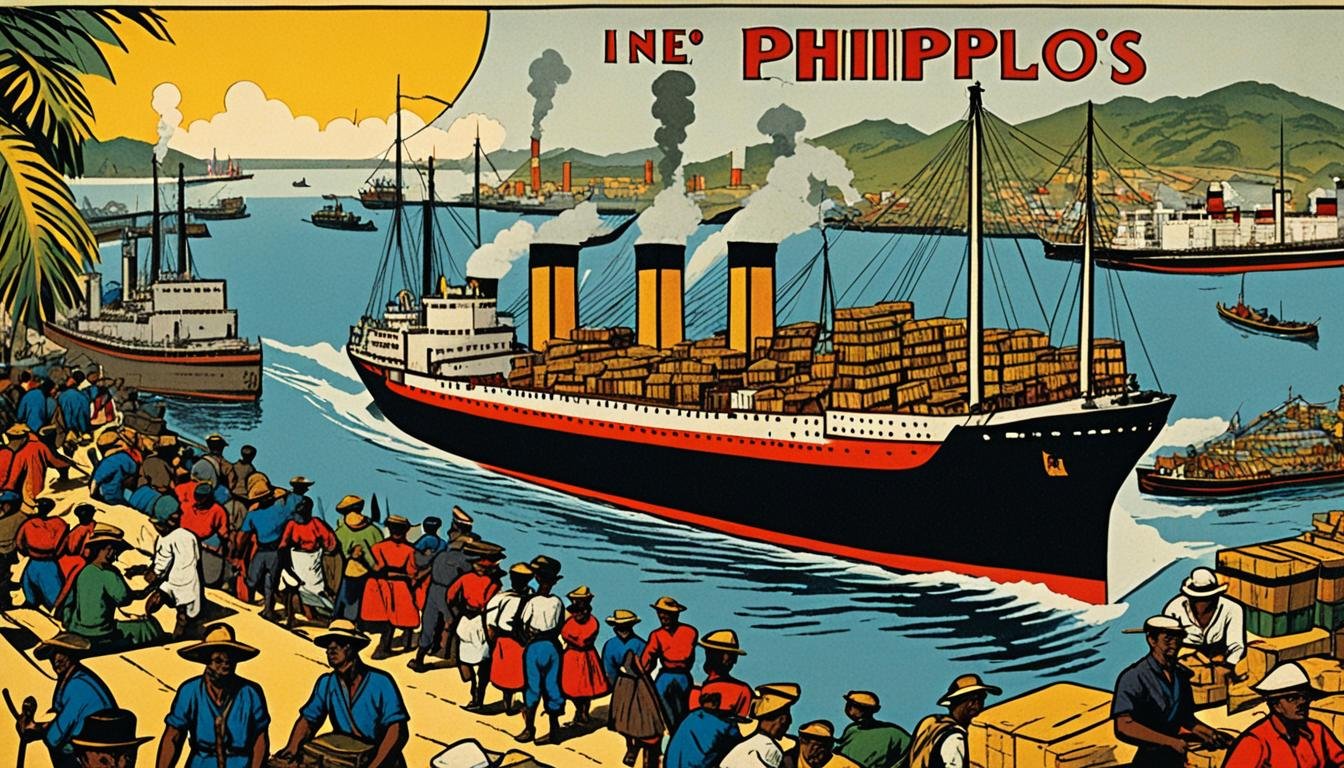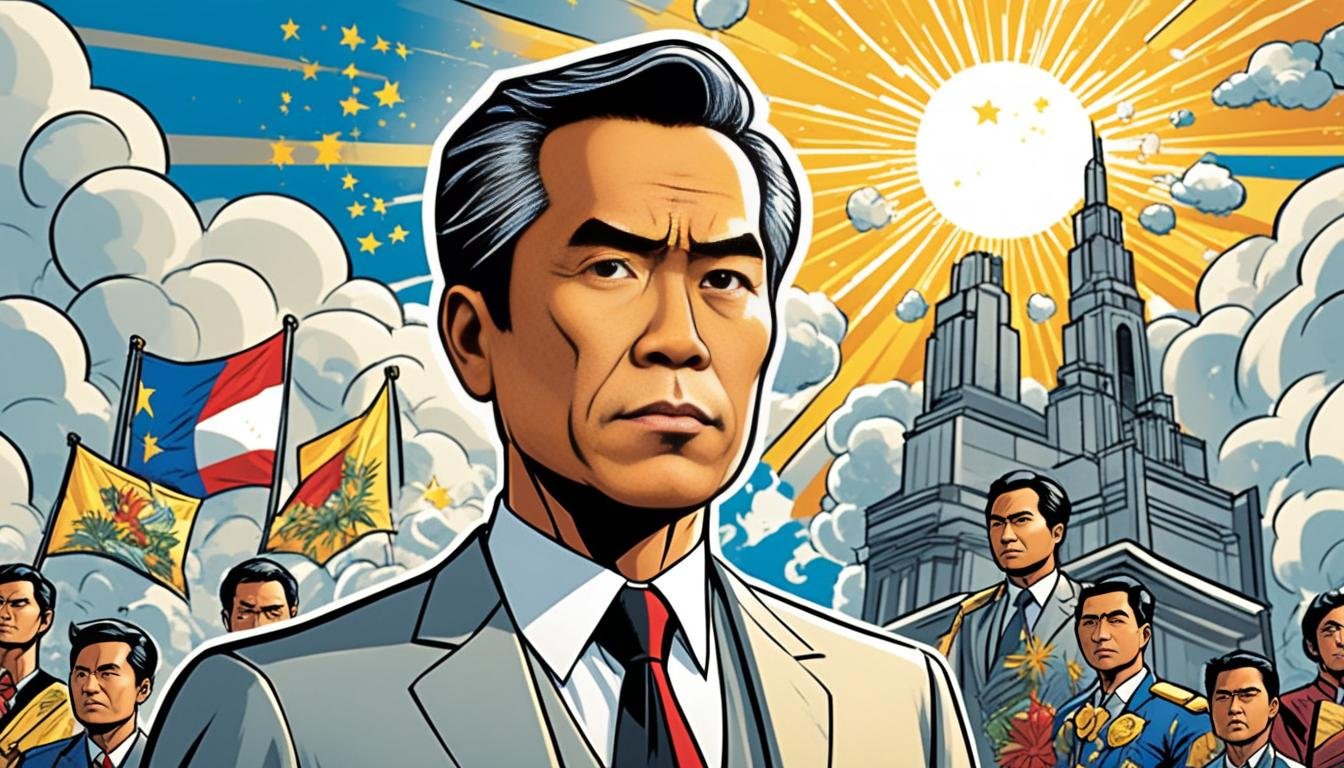The archipelago nation of the Philippines is a land of breathtaking beauty, rich culture, and a history deeply intertwined with the powerful forces of nature. Situated squarely within the notorious Ring of Fire, a horseshoe-shaped belt known for its intense seismic activity and frequent volcanic eruptions, the Philippines has faced an unending historical narrative of…
Crafting the 1987 Post-Marcos Constitution: Shaping Philippine Law Through Democratic Values
The tumultuous years of Martial Law Philippines under Ferdinand E. Marcos fundamentally altered the political and legal landscape of the archipelago. When the EDSA People Power Revolution erupted in February 1986, bringing an end to decades of authoritarian rule, the Philippines stood at a critical juncture. The urgent task facing the new government led by…
Corazon Aquino Assumes Philippine Presidency
The assumption of the Philippine Presidency by Corazon Aquino in February 1986 stands as one of the most pivotal moments in the nation’s history. It marked the peaceful culmination of the EDSA People Power Revolution, an unprecedented display of civilian and military defiance that effectively ended the two-decade rule of Ferdinand Marcos and signaled the…
The People Power Revolution Topples Dictator Marcos
The People Power Revolution, also known as the EDSA Revolution, stands as a watershed moment in Philippine history. In February 1986, a massive, non-violent civilian uprising, supported by military defectors and religious leaders, brought an end to the authoritarian rule of Ferdinand Marcos, who had governed the Philippines for over two decades, much of it…
Marcos Declares Martial Law in the Philippines
The 20th century in the Philippines is marked by periods of democracy, struggle, and authoritarian rule. Among the most pivotal and controversial moments in this turbulent history is the declaration of martial law by then-President Ferdinand Marcos in 1972. This single act fundamentally reshaped the political landscape, civil liberties, and socio-economic trajectory of the nation…
The Assassination of Opposition Leader Ninoy Aquino
The date August 21, 1983, is etched into the collective memory of the Philippines, a turning point that irrevocably altered the nation’s trajectory. On this fateful Sunday afternoon, Benigno “Ninoy” Aquino Jr., the most prominent and vocal critic of the Marcos regime, returned from exile in the United States only to be assassinated upon disembarking…
The Birth of the Kilusang Bagong Lipunan Party
The Kilusang Bagong Lipunan Party (KBL), translated as the “New Society Movement,” stands as a pivotal, albeit controversial, entity in Philippine political history. Its emergence marked a significant transformation in the nation’s political landscape, shifting away from the multi-party democratic system that characterized the post-war era towards a structure dominated by a single, powerful political…
Economic Ties Between America and the Philippines During Colonial Rule
The narrative of American colonial rule in the Philippines, spanning from the turn of the 20th century until the islands gained full independence in 1946, is inextricably linked to its economic dimensions. More than just a political or military undertaking, the period fundamentally reshaped the Philippine economy, integrating it deeply into the American market and…
New Republic, New Leader: The Philippines Under President Roxas
The air in Manila on July 4, 1946, thrummed with a mixture of anticipation, hope, and the lingering shadow of devastation. On that historic day, the Third Philippine Republic was formally inaugurated, marking the culmination of decades of struggle for self-rule and signifying a profound turning point in Philippine history. Yet, the birth of this…
Steps Toward Autonomy: Filipino Representation in the Philippine Assembly
The narrative of the Philippines’ journey towards self-governance is a complex tapestry woven with threads of struggle, negotiation, and evolving political landscapes. Among the most significant milestones in this path during the American colonial period was the establishment of the Philippine Assembly in 1907. This body marked a pivotal moment, introducing formal Filipino Representation at…


